A rare remnant of the Berlin Wall lies at the end of an overgrown path next to the Spree River but as the 25th anniversary of its fall approaches, the relic is under threat. Berliners ripped down the despised Wall as fast as they could in the giddy months after November 9, 1989, when the border between East and West was finally thrown open. A quarter-century on, there is a growing sense in Germany that the last concrete testaments to the city's Cold War division must be preserved.
The ruins in question include an around 18-metre-long (60-foot-long), graffiti-smothered slab of the Wall on the river bank, as well as fences coiled with rusting barbed wire and towering lamps that prevented anyone slipping out under cover of darkness. A short walk down the path is what historians call the most valuable part of all: a "bunker" used to house three of the 26 speedboats driven by patrolling border guards ready to give chase to would-be refugees trying to swim to freedom.
Like something out of an early James Bond film, the dark and dank concrete cave sits right on the water, complete with a 1960s-era emergency telephone and mouldy life jackets hanging from the walls. Together they make up a unique ensemble bearing witness to a time when East Germany was prepared to kill its own citizens rather than let them quit the country. After decades as a no-man's land, the spot off trendy Koepenicker Strasse has become a prime cut of real estate between the Mitte and Kreuzberg districts, where luxury housing with spectacular views of the Spree is going up amid a property boom. The city would like to clean up the area, which is being squatted by a "teepee" tent community, and build a cycle path and small road for delivery trucks and emergency vehicles.
The development could mean at least part of the Wall ensemble is ripped down. Cultural historian Eberhard Elfert, 56, has founded a pressure group to save it called Luise Nord, named after a long-forgotten pre-war district called Luisenstadt. "This year we will celebrate the fall of the Wall in Berlin and there's a lot of money being spent to show where it stood," he told AFP.
"And on the other hand, city planners want to tear down remnants of the Wall to build a street. It makes no sense." East Germany's rulers threw up the Berlin Wall in August 1961 to halt a mass exodus of disgruntled citizens. It consisted of a complex barrier between the separate countries of East and West Germany, and a concrete wall that snaked through the heart of Berlin dividing the communist and capitalist sectors. Both were patrolled by armed guards with shoot-to-kill orders.
The death toll is a subject of fierce debate and continued research but at least 389 people lost their lives trying to escape East Germany. Several among the 138 victims who died in Berlin tried to swim through the contaminated Spree or other waterways to freedom.
This makes the ruins all the more crucial to understanding how East Germany "secured" the border, historians say. Axel Klausmeier, head of the Berlin Wall Memorial Foundation, said the boat bunker was "extremely important and historically significant". "It's the only one of its kind in central Berlin," he told AFP. "It shows that the border was not only made up of concrete and walls but also of water in Berlin. And to preserve history, you need places to do it."
Klausmeier noted that 37 million euros ($48 million) in public money had been spent since 2006 to make the Wall's path visible again after so much of the original structure was demolished. "We are overrun by tourists and what do they want to see? The Wall," he said. The around dozen residents of Teepee Land, a ragtag group camping next to the stretch of Wall, have proved to be unexpected allies for the Luise Nord activists, serving as a kind of neighbourhood watch protecting the site.
Carsten Spallek, who is responsible for construction on the local district council, told AFP that no decision had been taken on how the river bank would be developed and said a website was being set up to gather feedback on the plans. He said it was now clear that the piece of the Wall in question was listed as a protected structure. "But even if something has been declared a historical monument, that doesn't necessarily guarantee it won't be ripped down," only that the office for such sites must be consulted before any changes can be made, he said.
The controversy recalls a dispute over the longest remaining stretch of Wall, the so-called East Side Gallery, which artists covered with murals in early 1990. A development nearby could require the permanent removal of a Wall segment opposite the river from the Luise Nord section. The plans have sparked noisy protests, famously joined by US celebrity David Hasselhoff, who remains a cult star in Berlin for a New Year's Eve concert he gave at the Wall in 1989.
BR100
15,186
Increased By
82.6 (0.55%)
BR30
42,842
Increased By
223 (0.52%)
KSE100
149,361
Increased By
1164.3 (0.79%)
KSE30
45,552
Increased By
281.7 (0.62%)


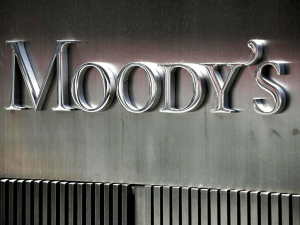




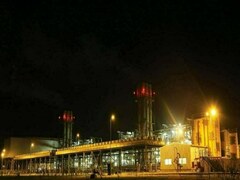



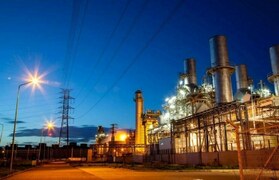





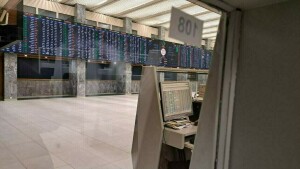
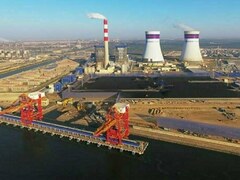

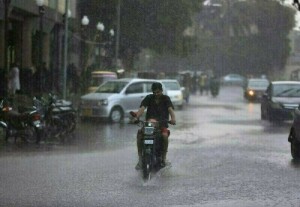
Comments
Comments are closed.